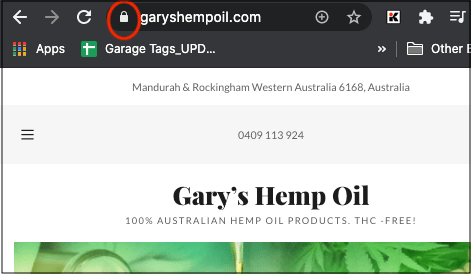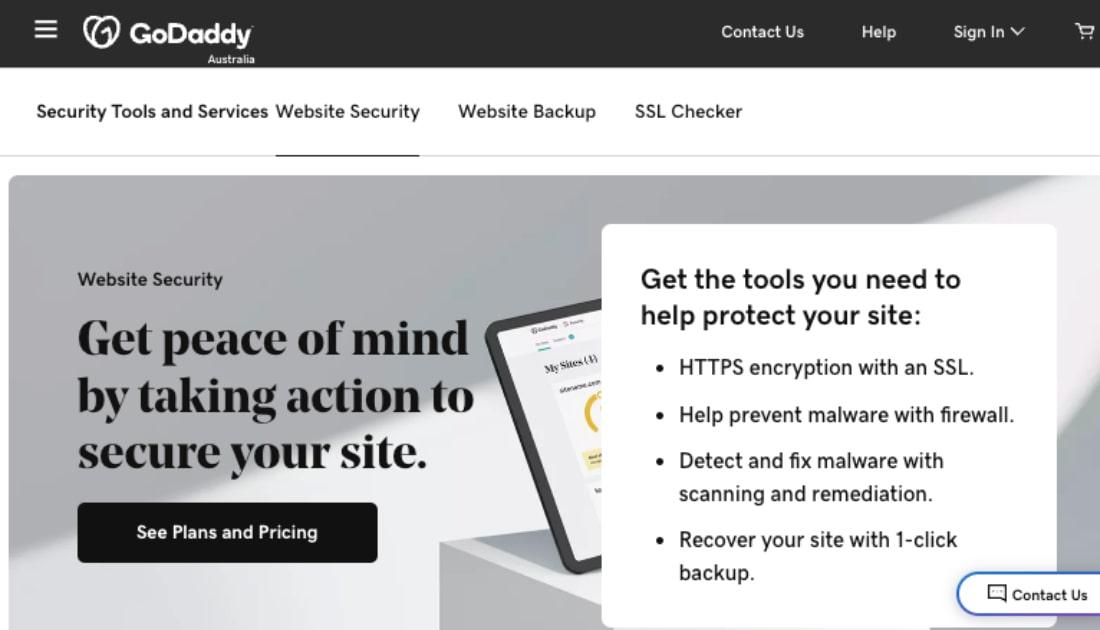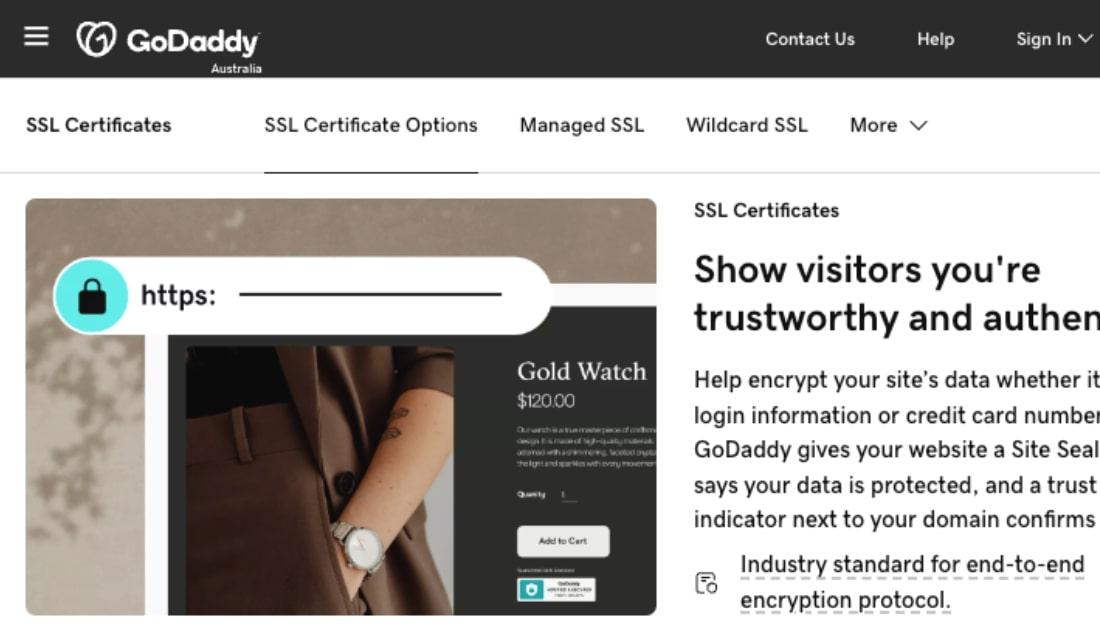Whether you're looking ahead to Valentine's Day or Black Friday, there's a lot an online seller can do to get ready for the most anticipated shopping days of the year. In this post, I'll explan you to optimise a website to capture as much traffic (and sales) as you can that day.
Remember, it can take a three to six months for changes to affect your search rankings, so you'll want to start early.
Here’s your five-step website update playbook.
1. Check your website hosting
This is one of the most critical steps in optimising a website for a big sale event. If you have shared hosting, as many small businesses do, your site could be affected by traffic surges to another website on the server you share.
The last thing you want is for your site to crash when you have people waiting to buy from your store.
So ask your web hosting provider now how they will cope with any potential increases in traffic. If you’re not happy with the answer, then look to switch well ahead of the big day.
You should also ask your hosting company about digital security. Black Friday and other digital sales days offer a perfect opportunity for hackers to cause maximum disruption and you don’t want to be a victim. So ask your provider what security measures they have and whether they apply to your hosting account.
2. Reduce any shopper anxiety

One of your key tasks in optimising your online retail website is reducing any anxiety your shoppers may have. After all, you don’t want people to leave without making a purchase.
This is less of a problem for big, established brands. But for smaller online retailers, customers may have some concerns over:
- Website security
- Product sizes
- Return policies
- Shipping costs
They’re not likely to ask you before leaving your site, so you should be proactive in eliminating the concerns online buyers often have.
Be sure to provide them with all the information they need to understand your products; let them know how easy they are to return if necessary.
You must assure everyone that their credit card or payment details are secure.
Make sure your site has an SSL certificate so it displays a lock in the visitor’s browser bar. Many people look for this clue before typing banking details into a web page.

Feature your security badges at key steps of the customer checkout journey. For example, display the security seal of your SSL provider on the checkout page where your customers will add their credit card details.
Related: Pricing strategies that will improve your sales
3. Improve your user experience
The experience your customers have with your website is akin to the experience they have in a store. If they’re not happy with the service, they leave. So user experience is always on any list of website updates.
Online shoppers will leave and buy somewhere else if:
- Your website is slow to load
- It’s too hard to find what they’re looking for
- It takes too many steps to purchase
Develop a better understanding of your website experience from all the major devices (desktop, tablet and smartphone) and browsers (Chrome, Safari, etc.). To start with, buy something from your store, making note of things that don’t work or are just annoying.
Once those issues are fixed, focus your attention on page speed.
A one second improvement in page speed can result in a seven percent increase in sales!
Other ways to improve your shoppers’ online ordering experience include:
- Offering a guest checkout option
- Accepting a variety of payment methods
- Providing estimated delivery dates
4. Use free shipping as the marketing tactic it is

Although this isn’t strictly a website optimisation tactic, shipping is a huge issue for online buyers.
Yes, offering free shipping impacts your bottom line, but instead of seeing it as an unwanted expense, see it as a marketing tactic. It can help you increase the number of browsers who become buyers (aka website conversions) as well as the return on your other marketing investments.
How important are shipping costs to online sales?
Statista has been looking at eCommerce cart abandonment rates from as far back as 2006. Cart abandonment is when a shopper puts something in their cart but ultimately leaves your website without buying it.
In 2019, the average abandonment rate was 69.57%!
So for the average eCommerce store, seven in 10 shoppers who place a product in their cart eventually leave without buying anything.
And guess what is the main reason people abandon their carts?
You guessed it, shipping costs. Offering free shipping is obviously a way to reduce your abandonment rate.
In the last 12 months, 84% of global consumers have added items to their cart in order to receive free shipping.”
But let me make one thing clear, you will not convert 100% of your shoppers — even with free shipping. Sometimes life just gets in the way (kids?).
If you do decide to offer free shipping, it will do more than just reduce cart abandonment, it can increase your average order value as well (which could help offset the cost to you of offering free shipping).
It’s worth testing for sure — perhaps offer free shipping on orders over a certain dollar figure?
5. Start promoting now

Fans of Black Friday and other big sales often find it tough to locate the best deals with so much noise in the marketplace. So don’t wait until the days leading up to the day itself to start placing Facebook ads. Everyone else will be advertising at the same time.
Start promoting the fact that you will have amazing deals about a month before.
Better yet, create an email subscriber list and ask people to leave their email addresses so they can be among the first to know about your big day deals. Not only will it give your business a boost for your sales event, but you will collect names you can email year after year.
Related: How to build your business’ first email list
The time you spend optimising your website will pay off
Valentine's Day, Black Friday and Christmas are significant sales opportunities, particularly for online retailers. Don’t ignore the opportunity.
Get organised now and start looking at how you can optimise your website for the uptick in shopper interest in the weeks leading up to a holiday.
Minimise any web hosting and security risks you might have. If your site crashes or even worse, gets hacked, it can be a huge setback for your business.
By improving your site experience, reducing shopper anxiety and offering free shipping, you may be surprised how many sales you can generate.







